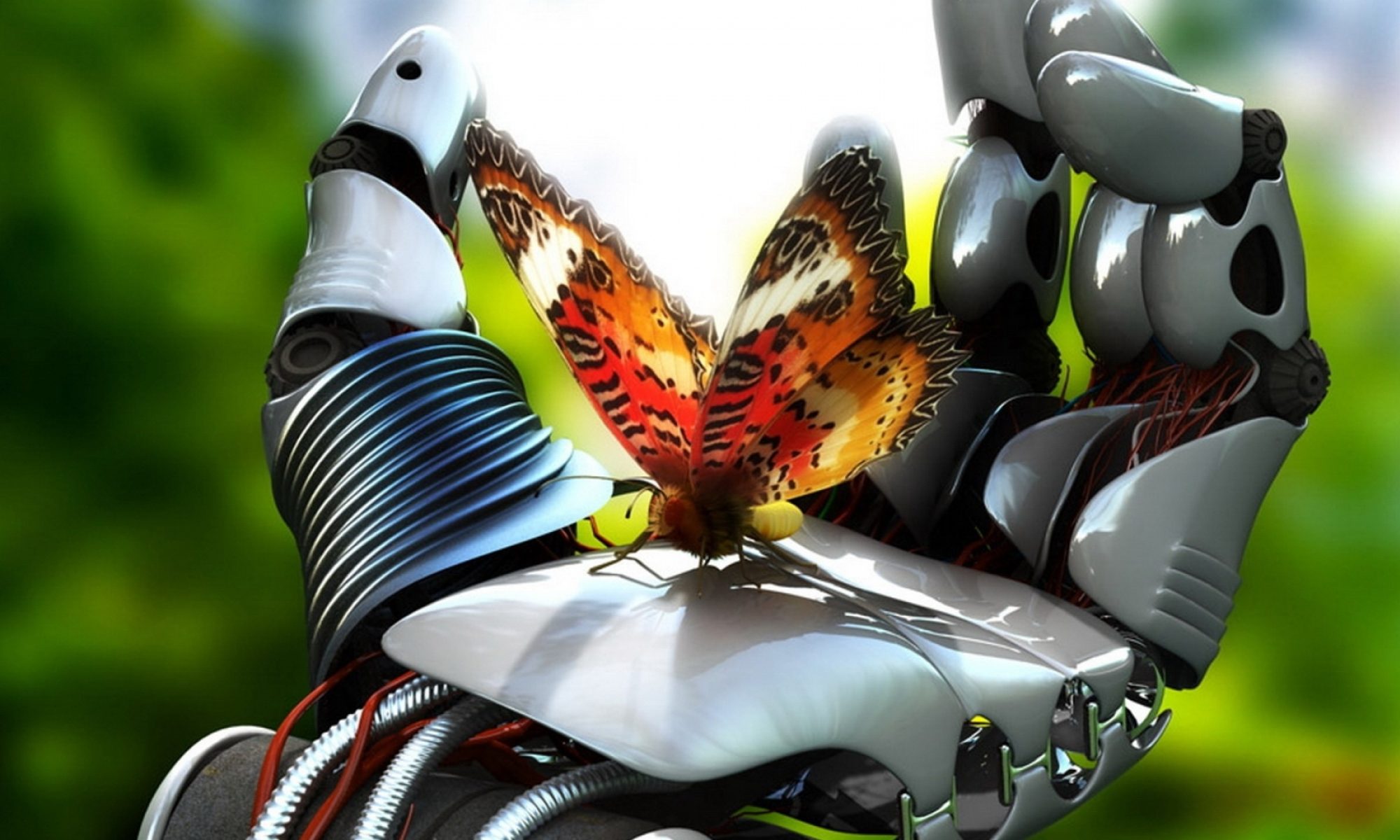A small robotic arm can bring your digital sketches to life, by re-creating your on-screen drawings with a pen and paper.
The robotic drawing arm was designed by a team of researchers, who combined their knowledge of kinetic art, drawing machines and internet-connected microprocessor chips to develop the idea. The arm, dubbed Line-us, mimics the user’s drawing motions to re-create a digital sketch with pen and paper, by connecting to an app via Wi-Fi.

At its heart, the machine was developed to be a device for people to play with, said Robert Poll, a technologist and one of Line-us’ co-founders.
“We wanted to create a product that was engaging and fun, rather than something that solved a particular problem or fulfilled a need,” Poll told Live Science. “Our hope is that Line-us encourages people to doodle and draw, but also to find new and creative ways to use it to do things we haven’t thought of.”
Line-us is seeking funding through a Kickstarter campaign, but the project has already surpassed its funding goal of $48,469 by raising almost $89,500 as of Feb. 27, and is now gearing up for production. Poll said there’s a lot of work involved with moving from working prototypes to a product that can be manufactured, but the researchers are getting ready for the October release of the first 1,000 units for its funders.
Beyond the art-mimicking robot, the Line-us app adds another layer of innovation to the project. The researchers designed the app to be “open platform” to allow users to build on the foundations of the Line-us project.
“You can write your own software, or even hardware, to work with Line-us,” Poll said. “We’re hoping to build a community that will come up with interesting and new ways to use Line-us. We’ve had quite a lot of questions from people who want to ‘hack’ Line-us already, so we’re really excited to see what they do.”
Line-us is designed to work on iPads, iPhones, Android tablets and Android smartphones, as well as on Mac and PC computers. You can use either a stylus or your fingers to make the drawings that the robotic arm will mimic, the researchers said. When made available commercially, the robot will cost about $124 (99 pounds), the researchers said.
A larger version of the drawing robot, or perhaps a completely new robot, may be in Line-us’ future, Poll said. The researchers have also brainstormed ideas for “accessories” for the current version of the drawing robot.
“Maybe we’ll produce some ourselves, or perhaps publish plans so people can make their own,” Poll said. “We won’t really know what direction we will want to take until we see what people do with the first batch of machines. We’re looking forward to finding out, though.”
